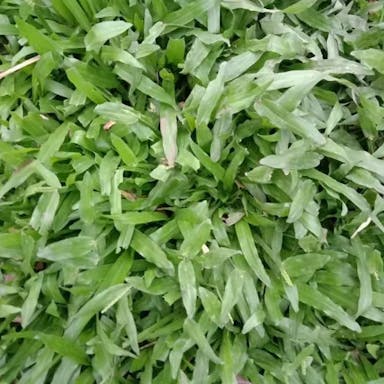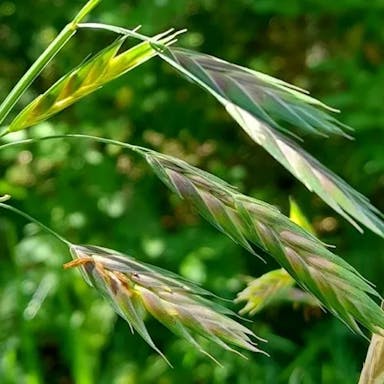Shallow sedge, scientifically known as Carex lurida, is a perennial plant native to North America. There are several varieties of it, each with slightly different characteristics, but all share the same general growing requirements. Carex lurida forms dense clumps with narrow, grass-like leaves. Carex lurida typically grows up to 3 feet tall and is commonly found in wetlands, marshes, and along stream banks. This plant produces inconspicuous flowers that are greenish-brown in color and are arranged in spikelets. The fruit of this plant is a small, brown achene. Carex lurida is relatively easy to grow in moist, well-drained soil and prefers partial shade to full sun. It is often used in landscaping for its ornamental value and ability to attract wildlife.
0
0











